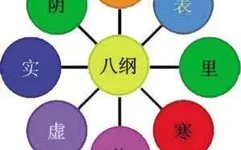
XuShiHanRe

What are they and what are their characteristics?


The four seasons of Yin and Yang are the foundation of all things.
Thus, the sage nurtures Yang in spring and summer,
and nurtures Yin in autumn and winter, to follow its roots,
therefore, they rise and fall with the growth of all things.
To go against its roots,
is to cut off its foundation and damage its essence.

What are Xu, Shi, Han, and Re?


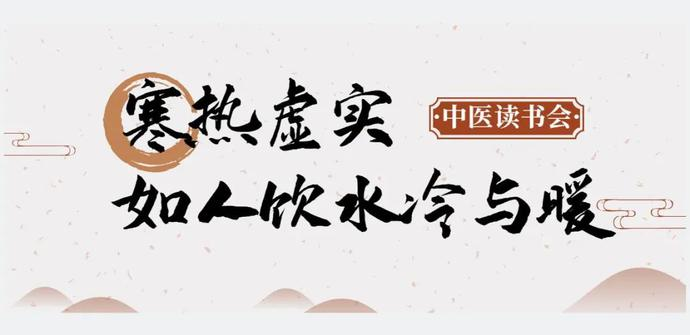

Xu (Deficiency)
In Traditional Chinese Medicine (TCM), Xu refers to the insufficiency or weakness of the body’s Zheng Qi (Vital Energy). Some may ask, what is Zheng Qi? Specifically, it encompasses the essence (Jing), Qi, body fluids (Jin Ye), blood, as well as the Qi of the organs and meridians. All aspects of deficiency fall under the category of Zheng Qi. The term Xu Zheng (Deficiency Syndrome) is a pathological summary of various clinical manifestations of weakened Zheng Qi, which can be further divided into four types: Yang Xu (Yang Deficiency), Yin Xu (Yin Deficiency), Qi Xu (Qi Deficiency), and Xue Xu (Blood Deficiency).
Shi (Excess)
The definition of Shi in TCM refers to the rise and fall of pathogenic Qi (Xie Qi) and Zheng Qi. As previously mentioned, Xu indicates weak Zheng Qi, while Shi indicates the excess of pathogenic Qi. When the excessive pathogenic Qi invades the body, it leads to a more intense pathological reaction between Zheng and Xie Qi, known as Shi Zheng (Excess Syndrome). Depending on the cause, Shi Zheng can be classified into external and internal excess.
Han (Cold)
In TCM, Han refers to cold Qi, which is the primary pathogenic factor in winter and a major cause of disease during this season. However, in other seasons, sudden drops in temperature and inadequate protection against the cold can also lead to illness due to cold evil. Symptoms caused by cold evil are termed Han Zheng (Cold Syndrome), which can be further divided into external cold and internal cold based on the cause and mechanism.
Re (Heat)
In TCM, Re is one of the six excesses (Liu Yin) and represents a type of pathogenic Qi that exceeds normal levels. Fire is the source of heat, and heat is characterized by the nature of fire. In clinical practice, fire and heat are often referred to interchangeably. Symptoms caused by heat evil are termed Re Zheng (Heat Syndrome), which can also be classified into external heat and internal heat based on the cause and mechanism.


Interrelated and mutually influential,utilizing each other



In clinical practice, it is often not simply a matter of Xu Zheng, Shi Zheng, Han Zheng, or Re Zheng; these four conditions frequently interact and influence each other, leading to more complex syndromes.
For example, Yang Xu: Yang deficiency leads to cold. When cold evil invades the meridians, it can cause blood stasis, leading to Qi stagnation; Qi stagnation can interact with external evils like cold and heat, damaging Yang Qi or Yin fluids, resulting in either Yang Xu or Yin Xu. This can also disrupt the functions of the organs and meridians, affecting the flow of Qi, blood, body fluids, and food, leading to the occurrence of pathogenic factors like dampness, phlegm, blood stasis, and food retention; these pathogenic factors can then become new sources of disease… This cycle continues, interrelated and mutually influential, and if not treated promptly, the condition can become increasingly complex, causing greater harm to the body.


What to do when Xu, Shi, Han, and Re occur?


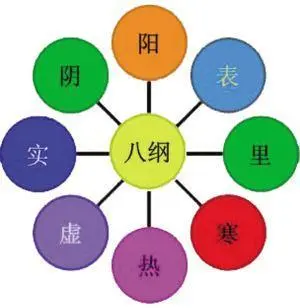

Xu must be tonified
TCM states “when there is Xu, tonify it”; that is, when the body’s Yin, Yang, Qi, or Blood is deficient, it is necessary to promptly tonify the deficiency. Yin Xu should be tonified with Yin, Yang Xu with Yang, Qi Xu with Qi, and Xue Xu with Blood. In simple terms, it means to supplement what is lacking.
Identify the type of Xu Zheng
Before tonifying Xu, it is essential to clarify which type of Xu Zheng your body belongs to, and then adopt appropriate dietary therapy, medicinal cuisine, or TCM external treatment methods. One should not blindly follow others; what works for someone else may not work for you, and could even worsen your condition.
Regional differences in tonification
When tonifying, consider the local climate characteristics and choose foods with different properties. For example, in the northern winter, which is dry and cold, it is suitable to consume warming and Yin-nourishing foods, avoiding spicy and dry foods; while in the southern regions, which are humid and cold in winter, people should consume warming and spicy foods to dispel cold and dampness.
What is suitable is the best
When tonifying Xu, it is not necessarily the case that the more expensive the food or medicine, the better the tonifying effect. For instance, ginseng is a powerful Qi tonic; if you have Qi Xu, using ginseng is appropriate and will improve your condition. However, if you do not have Qi Xu and still use ginseng, it may lead to excessive Qi, causing symptoms like heat sensation and nosebleeds. Therefore, tonifying Xu does not have to be expensive, but it must be appropriate.
Shi must be drained
TCM states “when there is Shi, drain it”. This means that diseases characterized by Shi symptoms require the use of herbs that attack and drain the pathogenic factors. Shi Zheng can manifest as phlegm, blood stasis, food retention, or parasites, thus requiring different treatment methods such as phlegm-dispelling, blood-stasis-resolving, food-dispelling, or parasite-expelling.
Han must be dispelled
When the body is invaded by cold evil or has internal cold, it is necessary to dispel the cold. The method to dispel cold in TCM is “heat the cold”; that is, cold diseases manifest cold symptoms, requiring the use of warming herbs or methods for treatment. It is important to note that the methods for dispelling external cold and internal cold are different.
Re must be cleared
Conversely, when the body exhibits heat symptoms, it must be cleared. TCM states “cool the heat”; that is, heat diseases manifest heat symptoms, requiring the use of cooling herbs or methods for treatment. Of course, heat can also be classified into external heat and internal heat.
——END——

(↓↓Click the image to learn more↓↓)

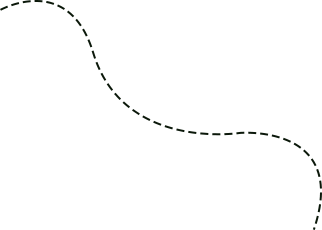
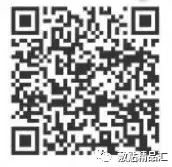
Topical applications and baths
Scan the code
to learn more
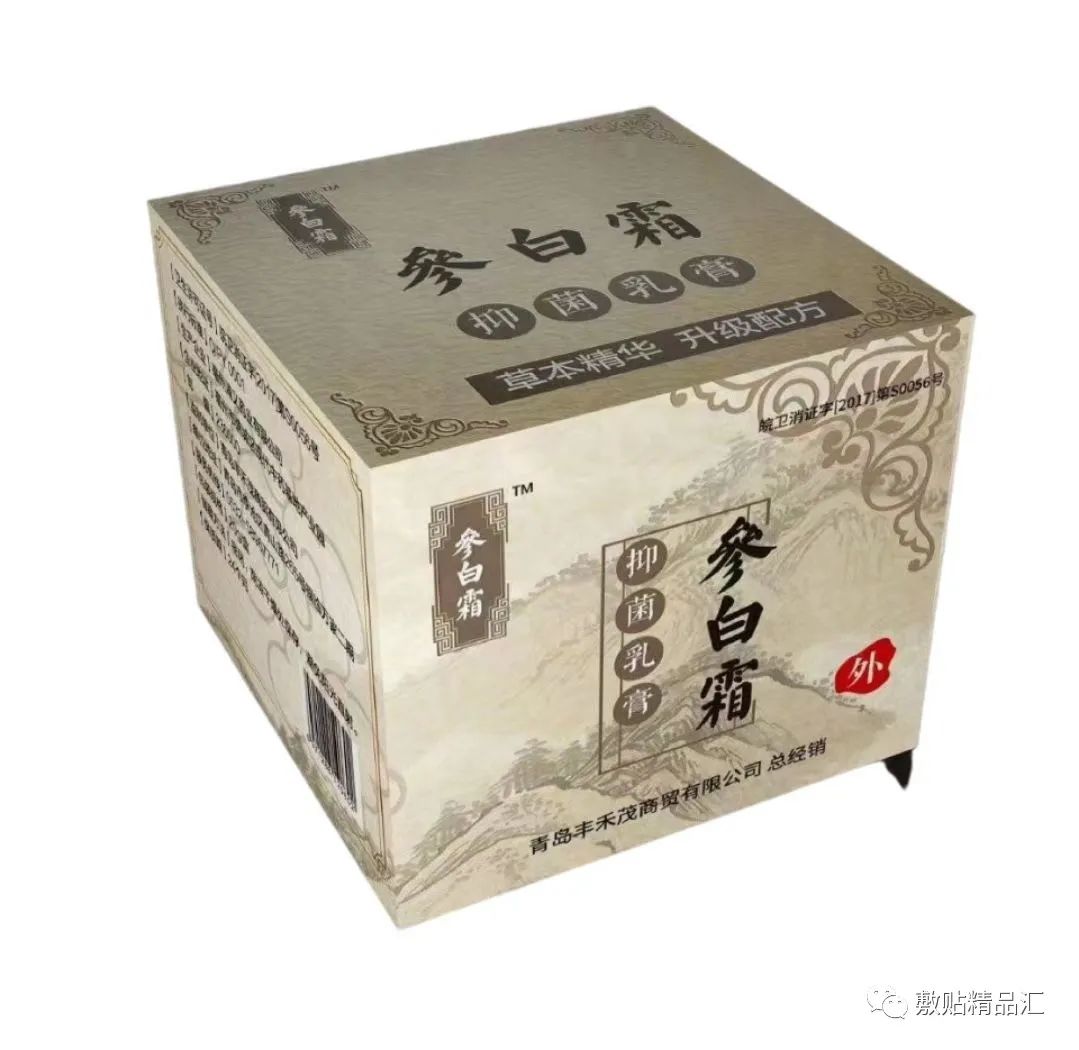
▼ More to see –▼
-
【Premium】: Complete Course on “Foundations of TCM”
-
【Premium】: Complete Course on “TCM Diagnosis”
-
【Premium】: Complete Course on “Pediatric TCM”
-
【Premium】: Complete Collection of “Legends of Herbal Medicine”! (Illustrated and collectible edition)
-
Documentary Recommendation: Basic Anatomy (Teaching Video)
 Copyright Statement: The article is sourced from the internet; if there is any infringement, please contact us for removal
Copyright Statement: The article is sourced from the internet; if there is any infringement, please contact us for removal
Cooperation/Communication/Submission/WeChat: 13963982958
▼ For more exciting recommendations, please follow us ▼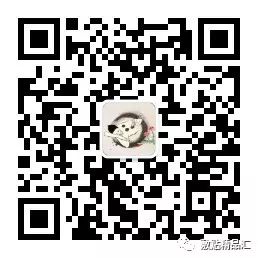 Give time to reading
Give time to reading
One-stop ordering platform for topical applications
Click below“Read the original text”to see more
↓↓↓ Click “Read the original text” for more surprises

